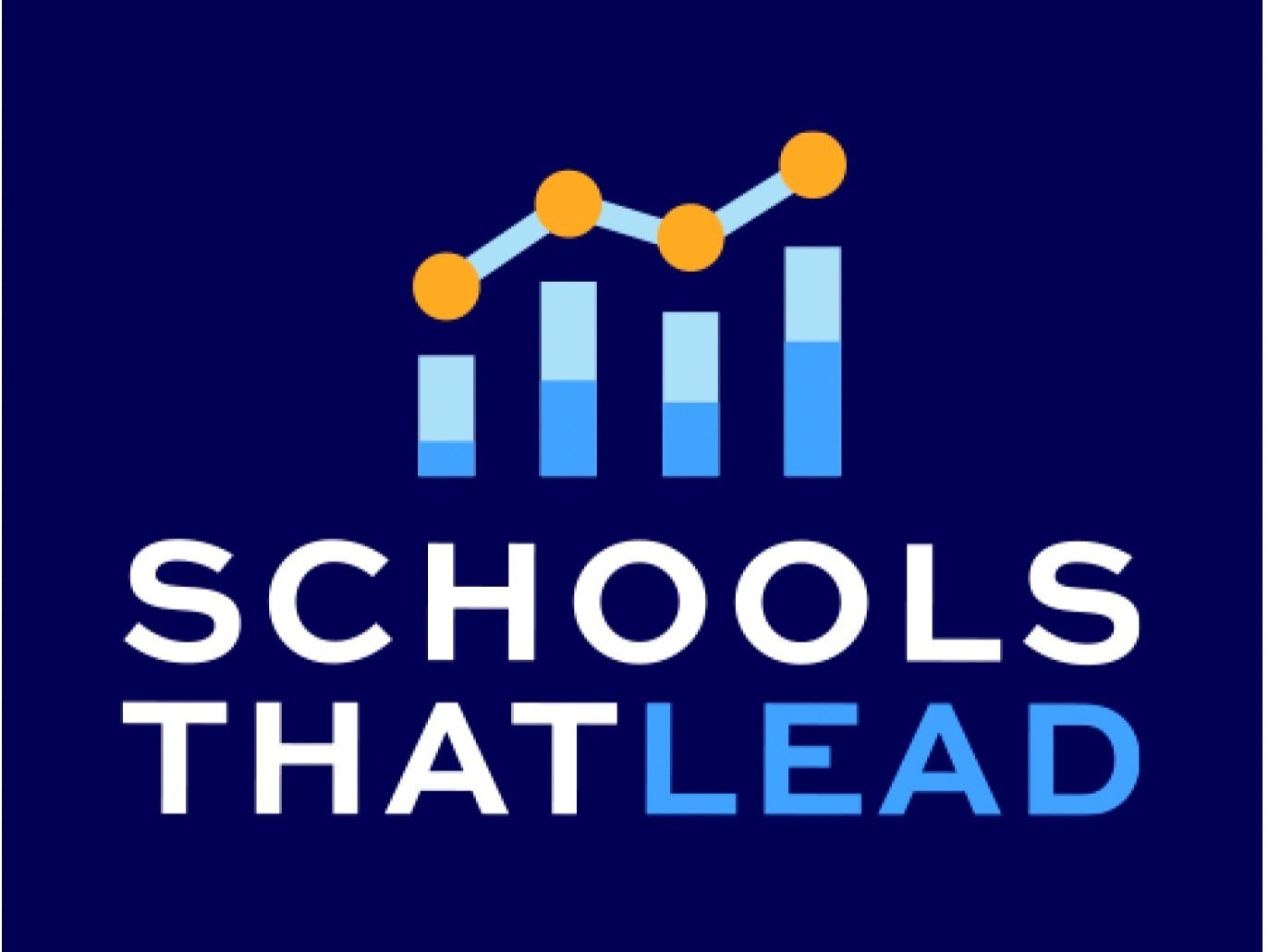How to Effectively Use Gamification in Education
Gamification in education has transformed the way teachers engage students, creating dynamic and interactive learning environments. By blending traditional teaching methods with game mechanics, educators can enhance student motivation and participation. In today’s digital age, it is no surprise that gamification has become an integral part of innovative teaching strategies. This article will explore the concept of gamification in education, its benefits, and practical ways to implement it in the classroom.
What is Gamification in Education?
Gamification in education refers to the use of game design elements—such as point scoring, leveling up, and rewards—in learning activities. This approach taps into basic human drives like competition, achievement, and recognition, making learning more engaging and motivating. Importantly, gamification is not about turning the classroom into a game show; rather, it’s about using game-like strategies to enhance the learning experience.
For instance, studies show that 70% of teachers prefer using educational video games because of the substantial benefits they offer (Source: New Media & Society Journal). Through gamification, learning becomes more interactive, motivation increases, knowledge retention improves, and collaboration flourishes.
Key Benefits of Gamification in Education
1. Boosts Engagement and Participation
Gamified activities increase student engagement, particularly for those who struggle with conventional learning methods. Lessons become a series of interactive challenges, motivating students to actively participate. A study found that students who participated in gamified courses were 34% more engaged compared to those in traditional classes.
2. Promotes Positive Reinforcement
Gamification uses rewards such as badges, points, or verbal praise to create a cycle of positive reinforcement. When students are rewarded for their effort, they are more likely to push themselves to achieve higher levels. Research shows that 82% of students responded positively to gamified learning rewards, with many reporting increased motivation.
3. Enhances Knowledge Retention
Active participation through gamification helps students better retain information. By making learning hands-on and immersive, students can internalize knowledge more effectively. According to research, gamified learning can improve retention by up to 30% compared to traditional methods.
4. Encourages Collaboration and Teamwork
Many gamified activities are designed as group challenges or class-wide competitions, fostering collaboration among students. This interaction helps them build social skills and learn from one another. A study found that 85% of students in gamified classrooms reported improved collaboration and communication with their peers.
How Teachers Can Implement Gamification in the Classroom
Introducing gamification into daily lessons does not have to be overwhelming. Here are four practical strategies teachers can adopt to make their classrooms more engaging:
1. Interactive Quizzes and Trivia
Applications like Kahoot! and Quizizz allow teachers to create real-time quizzes, where students compete for top spots on leaderboards. These tools transform quizzes into exciting games, reducing stress and encouraging active participation. Teachers can also use AI to quickly create quiz questions from lesson plans.
How it Works:
Teachers create quiz questions related to the lesson and display them on a shared screen. Students answer using their devices, earning points for speed and accuracy. Leaderboards track progress, motivating students to keep improving.
2. Badges and Achievements
Awarding badges for task completion, mastery of a subject, or commendable behavior helps boost students' confidence and create a sense of accomplishment. Teachers can use platforms like ClassBadges to track and award achievements systematically.
Example:
A teacher might award badges for mastering multiplication tables or submitting homework on time. Students can display their badges on digital boards, showcasing their accomplishments.
3. Leveling Up Learning
A leveling-up system turns lessons into stages or levels, where students earn experience points (XPs) for completing tasks. As they gain XPs, they "level up," unlocking new privileges or more challenging assignments.
Implementation Tip:
Break the curriculum into "missions" or "quests," where each quest corresponds to a major unit or concept. Upon completing a quest, students earn XPs and move to the next level.
4. Gamified Digital Platforms
Some platforms, like Duolingo and Prodigy, are designed with gamification at their core. Students progress through levels by solving language or math problems, earning points as they improve their skills.
Examples of Gamification in the Classroom
Gamification can be applied across different subjects and age groups. Below are examples of how teachers have successfully implemented gamified learning:
History Class Leaderboards
A high school teacher creates a leaderboard where students earn points for completing assignments, participating in discussions, and passing quizzes. The leaderboard resets weekly, and top students receive rewards like extra credit or homework passes.
Science Lab Missions
A middle school science teacher gamifies lab activities, turning each lab into a mission. Students earn points for thorough data collection, teamwork, and creativity, which they can redeem for awards like extended project time.
Minecraft Education
Through virtual classrooms, teachers use Minecraft Education to teach subjects like history, math, and coding. Students explore virtual worlds, complete challenges, and solve problems, fostering creativity and engagement.
The Bottom Line
Gamification is a powerful tool that can significantly improve student motivation, knowledge retention, and collaboration in the classroom. By integrating elements like points, badges, and leaderboards, teachers can make learning more engaging and enjoyable. Whether you’re a teacher looking to enhance your classroom experience or a school administrator aiming to innovate your improvement plan, gamification offers an exciting and effective approach to education.
http://www.gamesandlearning.org/2015/04/27/by-the-numbers-10-stats-on-the-growth-of-gamification/
https://www.edutopia.org/blog/points-champions-leveling-up-classroom-experience-brad-jacobson


